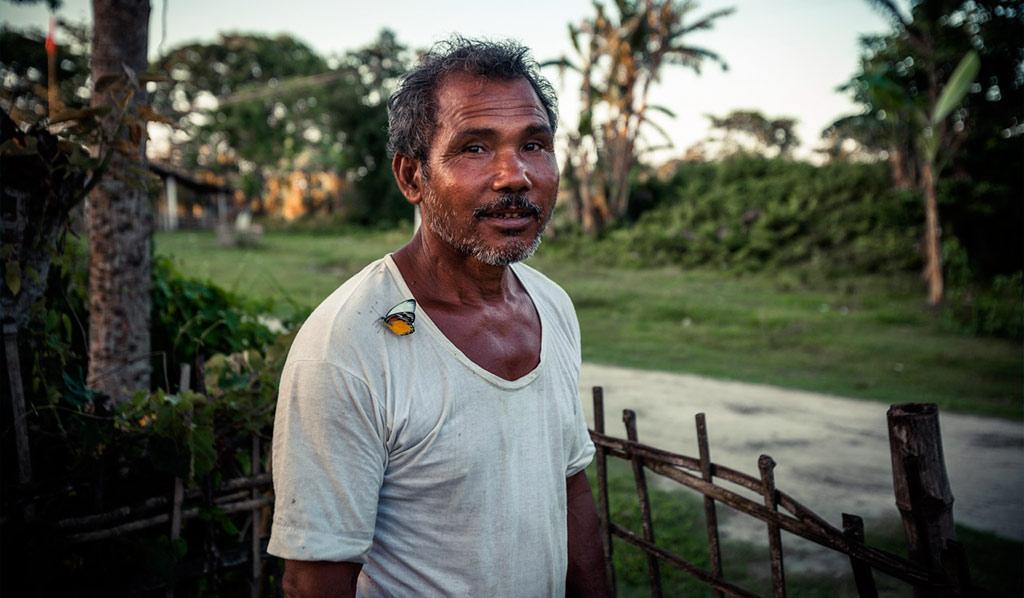About four decades ago, a teenager started planting bamboo in a barren wasteland…. As years went by he made the impossible possible. In an area that was washed away by floods, he single-handedly carved a 1360 acre forest that is now home to tigers, rhinoceros, deer, etc.
This is the story of Jadev Payeng who reforested a desert island in India.
Born to the Mishing tribal community in Jorhat district, in the North Eastern state of Assam in 1963, Jadav’s life took a different phase in 1979 when he was only 16 years old. During the floods in 1979, he found many snakes swept ashore, but after few days he found them dead due to heat and absence of trees.Shook by this horrific sight, he reached out to his village elders.
His village elders told him that with the decline in forest cover and deforestation, animals lost their homes. They advised him to build a new home for the animals and gave him 50 seeds and 25 bamboo plants.
“The snakes died in the heat, without any tree cover. I sat down and wept over their lifeless forms. It was carnage. I alerted the forest department and asked them if they could grow trees there. They said nothing would grow there. Instead, they asked me to try growing bamboo. It was painful, but I did it. There was nobody to help me. Nobody was interested,” Payeng told the Times of India in 2012.
Payeng located a riverine island, on the banks of River Brahmaputra, and began to plant the saplings. Payeng visited the island and planted a few saplings every day for three decades.
In 1980, the Assam Forestry Division launched a scheme to reforest two hundred hectares of land in one of the sandbars of the Brahmaputra, known then as Arun Chapori. Jadav enrolled in the five-year project and started planting trees. But Jadav decided to stay back even after the completion of the project and since then, he remained in Arun Chapori, planting trees and taking care of them with the utmost compassion.
Having found his life’s work, Payeng continued to expand the forest over the ensuing decades, carefully cultivating the emerging biome into its current 1,300+ acre state one plant at a time.
The forest, which came to be known as Molai forest, now houses Bengal tigers, Indian rhinoceros, over 100 deer and rabbits besides apes and several varieties of birds, including a large number of vultures.
In 2012, Jadav Payeng was honored at a public function organized by the School of Environmental Sciences, JNU, for his incredible achievement.
The same year in July, he received an award from the former President, Dr. Kalam. Later in September, he joined the assembly of environmental activists at the seventh global conference of the International Forum for Sustainable Development in France. A month later in November, Sanctuary Asia too acknowledged his works.
In 2013, Indian Institute of Forest Management honored him during their annual event Coalescence.
In 2015, he was bestowed Padma Shri, the fourth premier civilian award in the country.
The story of Jadav Payeng has to be taught to children so that it may inspire them from very early age and they would try to engage with nature and its aspects likewise.









